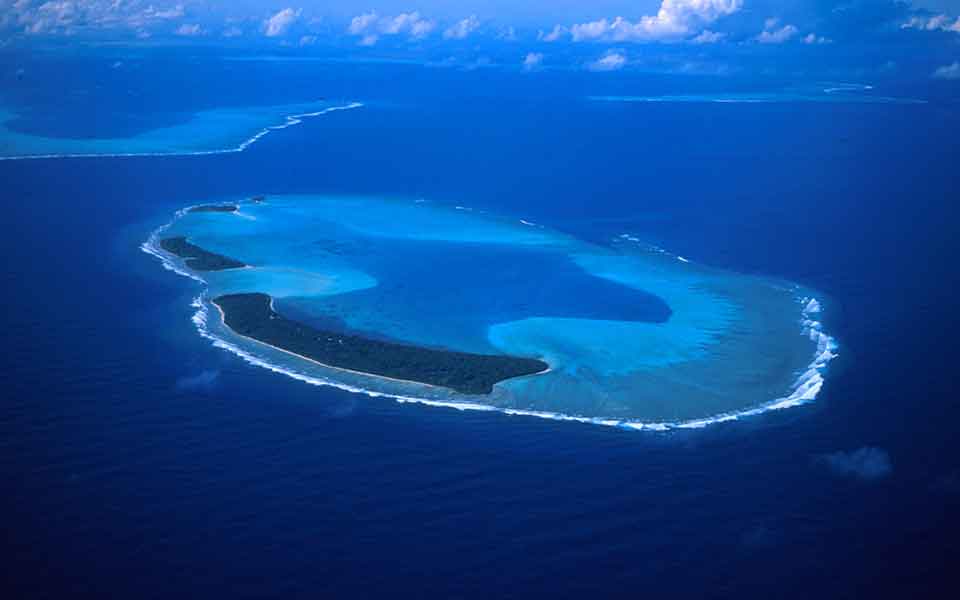There are three different ways reefs and other shallow tropical marine environments can be examined and studied: from above the surface, on the surface and below the surface. Before man could fly or dive, working on the surface was generally the only feasible way to do ocean studies. Boats might drag nets or fish with hook and line to capture creatures below the surface, without seeing the environment. Before photography, artists made drawings of organisms as there was no other way to convey their shapes or colors. With the development of photography, new worlds of documentation opened up, first photographing creatures on the surface, and later being able to take camera underwater. Only in the last few decades has photography transitioned to digital and people forget the old challenges of documentation. Now with today’s camera systems and means of illumination, we can take photos of virtually any organism or environment if we are clever enough to get the imaging equipment to that location.
Underwater technology is largely concerned with the means to gather data and the ability to get the data-gathering equipment where it needs to be. Often that means (at least in shallow water) a diver, toting a camera or instrument to the place of interest, but divers can’t go everywhere safely. Today, there are many types of autonomous vehicles (AUVs) that move without direct human control and do sampling missions that would have been impossible only a decade ago. These have greatly expanded the amounts of data that can be collected. They also require much higher technology equipment that often brings its own difficulties to modern oceanographic work.
Aerial photography historically required both the imaging system (camera) and a means to get it high above the earth. While aerial photos were taken with balloons in the early days, with the development of airplanes and helicopters the means to elevate the imaging system high above the earth or ocean became common place. Satellites brought a whole new spectrum, moving the camera systems high above earth so vast areas could be imaged at one time. Aerial photography, particularly at relatively low altitudes (up to a few thousand feet) still has an important place in reef studies.







